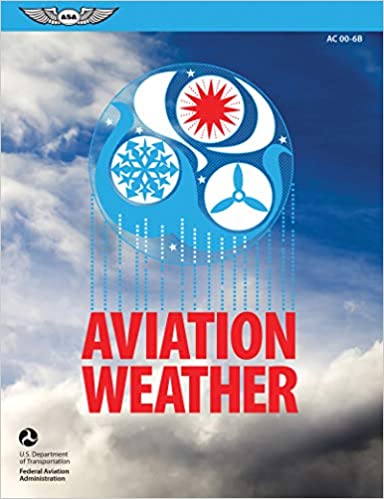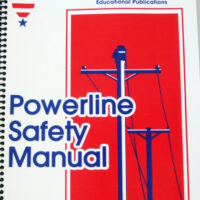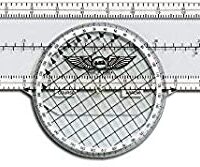Description
This FAA Advisory Circular includes contributions from the National Weather Service (NWS).
This important Federal Aviation Administration Advisory Circular (AC) has been in circulation under a variety of titles for more than 70 years. All pilots and dispatchers must learn to deal with weather: to appreciate good weather, to recognize and respect marginal or hazardous weather, and to avoid violent weather. Recognition of this and sound weather decisions are critical to the successful outcome of all flights. This book discusses each aspect of weather as it relates to aircraft operation and flight safety.
The information in Aviation Weather is applicable to students, instructors, and experienced pilots alike. It is a comprehensive resource for what you need to know about weather in order to fly safely in both visual (VMC) and instrument (IMC) meteorological conditions. Subjects covered include the Earth’s atmosphere, temperatures, atmospheric pressure and altimetry, weather charts, wind, global circulation and jet streams, moisture, precipitation, clouds, air masses and fronts, stability, turbulence, icing, thunderstorms, common IFR producers, weather radar, high altitude weather, arctic, tropical, and space weather.





